Premium Only Content
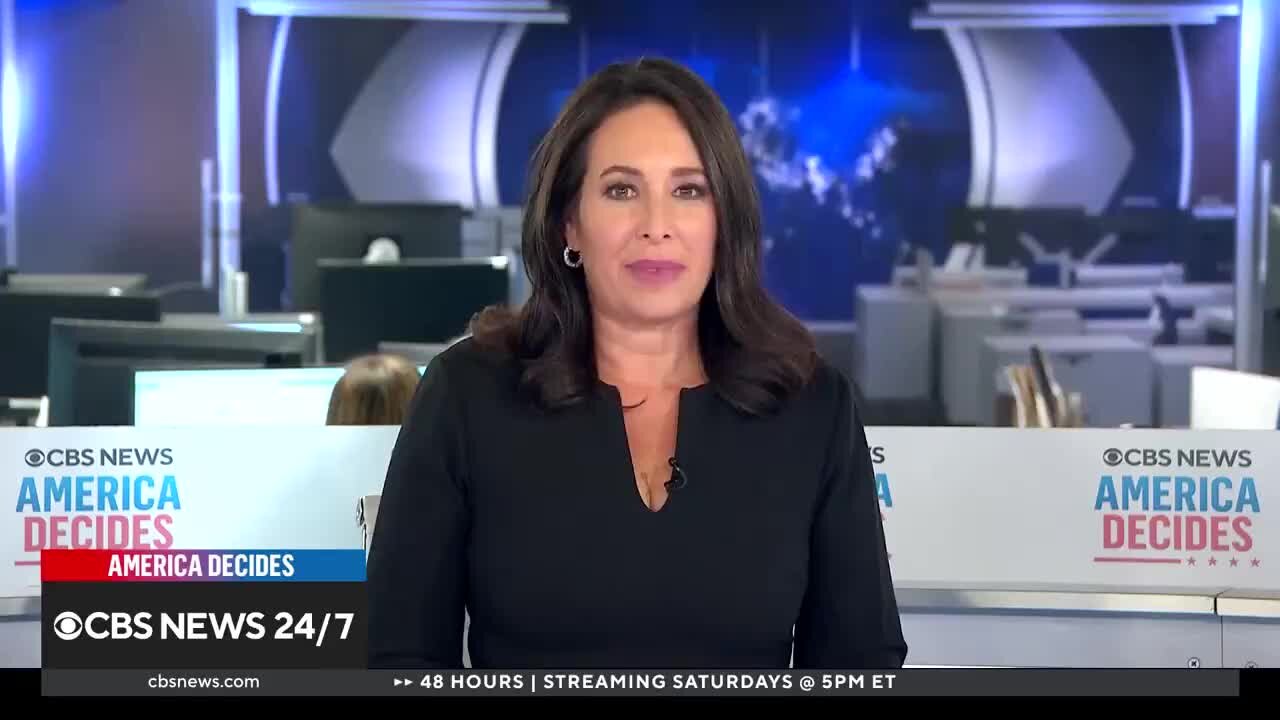
CBS News Labels Video of Biden Wandering in Italy as ‘Digitally Altered’ and ‘Cheap Fake’
CORDES: “You’ve probably heard of deep fakes. But just last week as President Biden was at the G-7 summit in Italy, cheap fake clips went viral on social media and were picked up by some news outlets. Take a look at this clip for example. It shows Biden and other world leaders watching a skydiving demonstration before the president is seen walking away, and looking in another direction. Outlets claimed that he was sort of just aimlessly wandering away. The clip amassed millions of views within just a few hours, when actually he if you widened out, you can see that he was talking to one of the members of the military that was participating in that demonstration. So how prevalent are cheap fakes and how big of a problem will really be in this election? Well, let’s take a look with executive editor of ‘CBS News Confirmed’ Rhona Tarrant, who joins us now from Studio 57 to explain. Hi, Rhona, it’s great to see you.”
TARRANT: “Hi.”
CORDES: “So tell us how long cheap fakes have been around. I’m assuming they’ve been around since the beginning of — of the media, because, you know, anybody can — can take an image and manipulate it to make it look like it suggests something that didn’t happen.”
TARRANT: “That’s exactly it. It really is a case of all techniques meets new technology. So, as you said, cheap fake videos, not videos that are edited in a really simple way, those have been around as long as political videos have existed. So there’s a few ways for example that people might be familiar with. One is there might be a long video, and you might take a very short clip and you take out key context. Another is maybe you slow something down, and it makes it sound like someone is slurring their words. Or another is you might splice several pieces together and it makes it sound like someone said something that they didn’t. What’s different in this election and the last two elections, in the presidential elections, is, number one, everyone has access to mobile phones where they can edit, and number two, most people have social media accounts where they can publish this stuff. So it’s worth saying these are not anything new. You know, when Trump was president, these targeted him as well. But what we are seeing in the last few weeks is really the steady stream of videos that are targeting President Biden and in particular, taking aim at his age.”
CORDES: “Right, and they are being picked up by news outlets that know they’re fakes, and — or know that they are misleading, but post them anyway. Rhona is there any way to measure the impact that these videos could have on the 2024 election in comparison to other forms of misinformation?”
TARRANT: “You know, that’s a really great, great question. I think, you know, in terms of what our team has been tracking, we have seen these so called cheap fake videos, they are targeting Biden and they are targeting Trump. However, we have seen particularly in the last few months, the videos targeting Biden are getting a lot more traction online. And in particular, the ones that target Biden’s age. So for example —“
CORDES: “Right.”
TARRANT: “— like you had said, claiming that he is wandering off and really was having a conversation with somebody, these videos are effective, because they are — they’re called cheap fakes for a reason. They are quick, they’re easy to publish, and oftentimes they have big impact on people who are just scrolling through their phones, they watch it for five seconds, and they move on. Also, what’s interesting about this is we’ve heard a lot about the fear of deep fakes in this election. And we’ve seen the deep fakes haven’t really shown up in the way that maybe people were worried about them showing up —“
CORDES: “Right.”
TARRANT: “— but these videos that are edited in a really basic way with technology that’s been around for a long time, are effective, effective to the extent that the White House is addressing them.”
CORDES: “Deep fakes as opposed to cheap fakes, or, you know, videos, or audio that has been completely created by AI, so think the robo-call that was sent around to Rhode Island — not Rhode Island, New Hampshire voters a few months ago, that sounded just like Joe Biden telling them not to vote, but it was a total fake. So Rhona, how can voters best discern between videos that are real and videos that are not?”
TARRANT: “So social media platforms sometimes they will attach fact-checks to these videos. So sometimes on X, you might see community notes, or on Facebook, you might see fact-checks. However, the reality is for the vast majority of them, they’re not going to have anything attached. So unfortunately, really is on the viewer. Number one piece of advice I would have is always check your sources. So if you see something on an account, is this a partisan account? Is it pushing for a particular candidate? And does it have a history of posting misinformation? And the second thing, which I think is really important is, always seek another source. So don’t just take it from one account, make sure that you got a second source or even a third source, and most importantly, make sure that’s a credible source.”
-
 2:21
2:21
Grabien
12 hours agoJennings: People Die in Active War Zones, the Deal Has to Be Executed by Hamas Who Has the Hostages
42 -
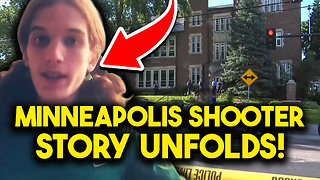 LIVE
LIVE
The Bubba Army
20 hours agoMinneapolis Shooter Story Unfolds! - Bubba the Love Sponge® Show | 8/28/25
8,553 watching -
 26:00
26:00
DeVory Darkins
1 day ago $10.23 earnedDemocrat Mayor HUMILIATES himself during painful interview as Trump makes SHOCKING Announcement
29.2K67 -
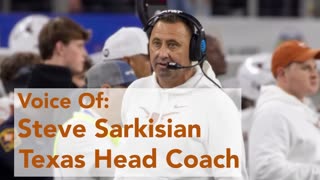 22:14
22:14
Ohio State Football and Recruiting at Buckeye Huddle
1 day agoOhio State Football: Everything Steve Sarkisian Said About the Buckeyes This Week
12.2K -
 1:19:55
1:19:55
TruthStream with Joe and Scott
1 day agoLisa, Michelle and Carole join Joe for Healing and Inspiration. Next healing will be on Aug 28th at Noon and 4pm eastern https://www.balancingbodyandsoul.com/?ref=TRUTHSTREAMSHOW
5.93K1 -
 10:32
10:32
Nikko Ortiz
15 hours agoFunniest Fails Of The Month
29.5K3 -
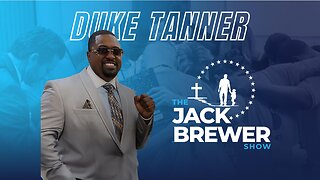 28:59
28:59
The Jack Brewer Show
12 hours agoThe Jack Brewer Show S1 EP5 Charles Duke Tanner on Redemption, Fatherhood & Second Chances #podcast
2.03K -
 15:33
15:33
Bearing
22 hours agoSEPTUM RING THEORY 💥 Are Nose Ring Girls ALL INSANE LIBERALS?! 💀🤣
6.25K54 -
 1:18
1:18
WildCreatures
2 days ago $0.98 earnedTourists unintentionally come face to face with jaguar in Brazil's Pantanal
4.31K15 -
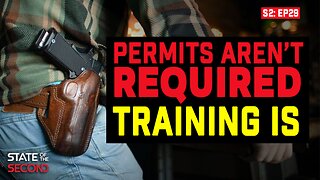 40:36
40:36
State of the Second Podcast
17 hours agoWhy Training Is an Investment in Your Life (ft. Tre’Von Barber)
3.57K